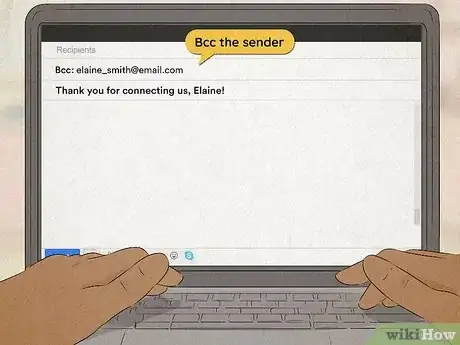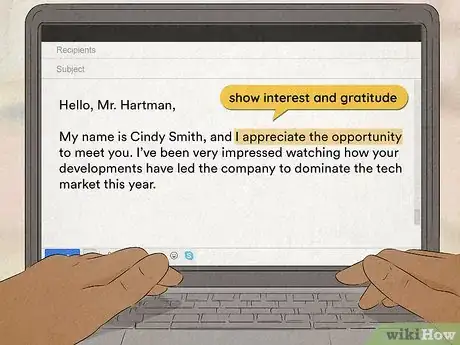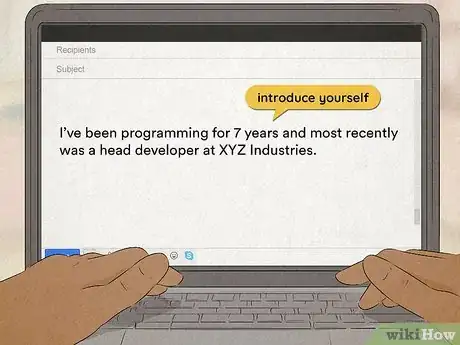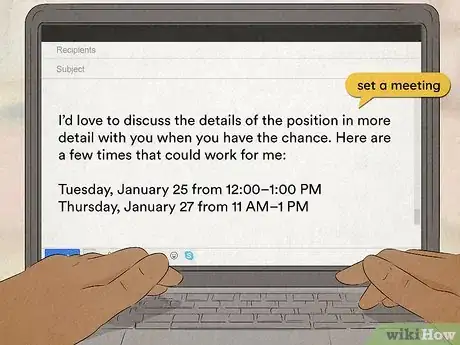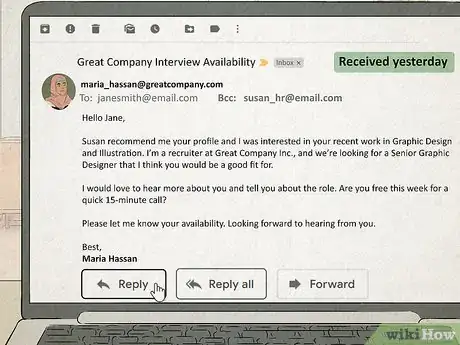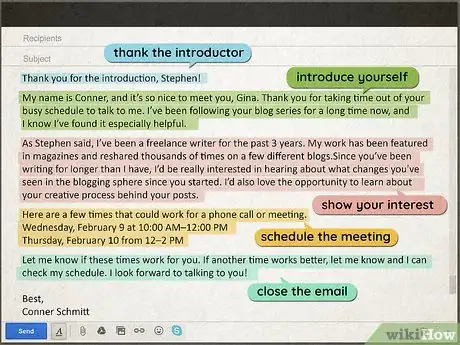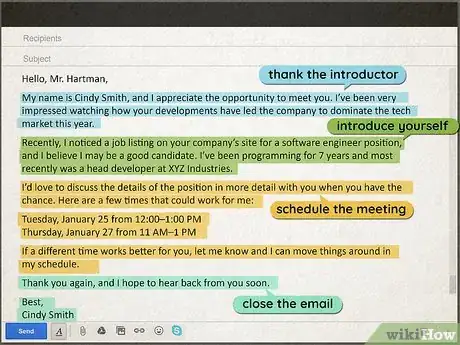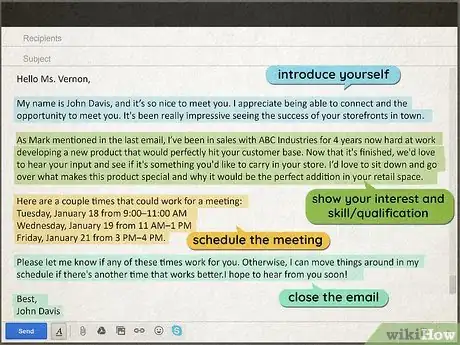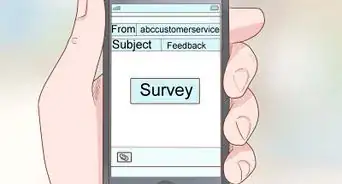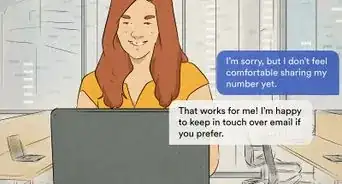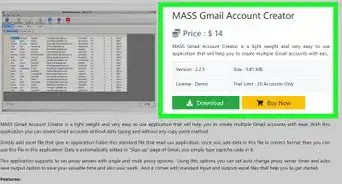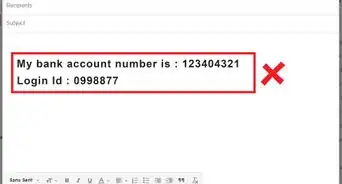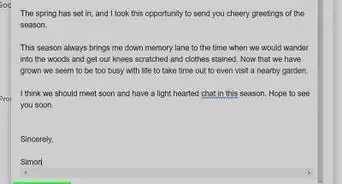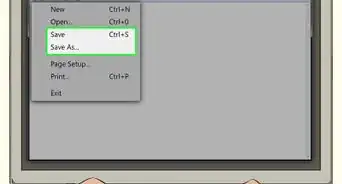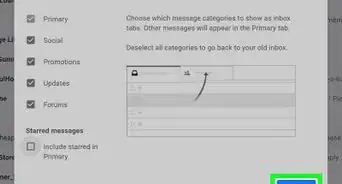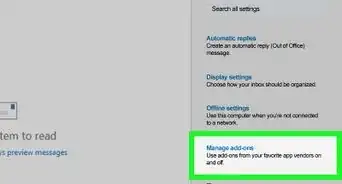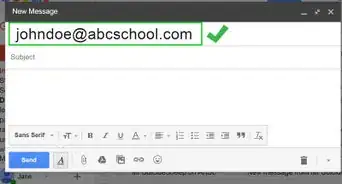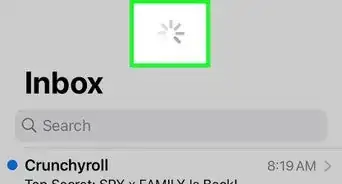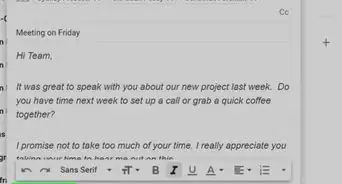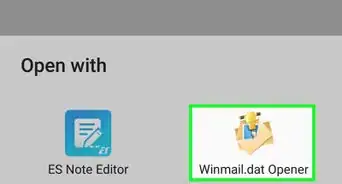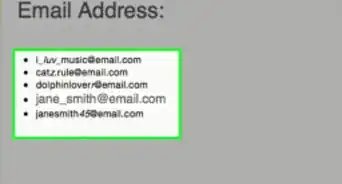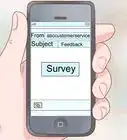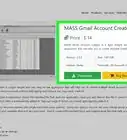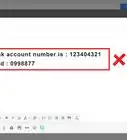This article was co-authored by Kolby Goodman and by wikiHow staff writer, Hunter Rising. Kolby Goodman is a Career & Job Search Coach and the Founder of The Job Huntr. With over eight years of experience, he specializes in resume edits, interview preparation, LinkedIn profile feedback, and professional interview coaching. Additionally, his career advice has been featured in publications such as The Huffington Post. Kolby holds a Bachelor’s degree in Economics from San Diego State University.
There are 7 references cited in this article, which can be found at the bottom of the page.
This article has been viewed 29,385 times.
When someone you know introduces you to another person in their network with an email, a quick and concise response can leave a lasting impression. Whether you want to develop a new professional connection or inquire about a job, there are a few key points to mention when you write your reply. Keep reading for example emails to send and the most important information to include to foster your relationship.
Steps
Best Practices for Responding to Introduction Emails
-
1Research who you’re being introduced to. If you’re not very familiar with who you’re talking to, look them up online to see if they have a personal website or LinkedIn profile. Look through the things they’ve done and what they’ve accomplished so you can ask them more specific questions and show that you’re knowledgeable about them.[1]
-
2Move the original sender’s email to BCC. The person who helped you make your connection doesn’t need to be looped into your entire conversation. Move the person you just connected with into the “Reply” field and shift the original sender to the BCC. After that, the person who sent the initial email won’t receive any replies after your response.[2]Advertisement
-
3Show interest and gratitude toward who you’re being connected with. You can build a better relationship with the person you just connected with if you’re polite and appreciative of them. They’re taking time out of their day to talk to you and build a relationship, so thank them and keep your email sounding enthusiastic and explain why you’re excited to talk to them.[3]
- Be sure to thank the person who made the connection and sent the original email as well. You can mention it in a sentence at the start of your reply.
-
4Introduce yourself briefly. Tell the other person a little bit about yourself so they have an idea about what you do. Try to keep your bio only a few lines long and only talk about information that’s pertinent and makes you stand out. You could mention things like your current role, achievements you’ve reached, or any personal details that help the person get to know you better.[4]
-
5State the specific purpose for why you wanted to connect. Be direct about what information you’d like to know or what you’re hoping to get from the other person. Try to be as specific as possible about what you want and try to relate it back to the person’s area of expertise.[5]
-
6Ask to set a meeting to talk more. An introduction email is a great way to meet someone, but it’s better to have a deeper discussion when you can talk on the phone or get together in person. List a few times where you’re available in the coming days to see if they line up with when the other person is free.[6]
-
7Proofread your email before you send it. Run your message through a spell checker and fix any errors you find. Read through your email out loud and listen for any errors or confusing sentences. Make sure you maintain a professional tone and avoid using emojis or slang words since they sound too casual.[7]
- Check the subject line of the email. If it’s straightforward and easy to understand, you can leave it. Otherwise, change it to something like, “Introduction to Jim Davis” or “Maria Vang recommended I get in touch.”
-
8Respond to the introduction email within 1 business day. It’s much more polite to respond promptly so you don’t keep the person you’re being introduced to waiting. When you see the email pop up in your inbox, send your response out sooner than later to show how eager you are to make a connection.[8]
- If you get an introduction email during the weekend, it’s okay to wait until Monday to respond.
- You should try to use this opportunity to establish guidelines for communication. While you shouldn't let that email sit in your inbox for weeks, you're not going to lose the opportunity if you don't reply to it in a couple of hours.
References
- ↑ https://hbr.org/2019/12/how-to-ask-for-an-email-introduction
- ↑ https://www.forbes.com/sites/bruceupbin/2013/03/27/the-art-of-the-email-introduction-10-rules-for-emailing-busy-people/
- ↑ https://www.pugetsound.edu/sites/default/files/file/ces-professional-email-thank-you-note-guide_0.pdf
- ↑ https://hbr.org/2019/12/how-to-ask-for-an-email-introduction
- ↑ https://www.pugetsound.edu/sites/default/files/file/ces-professional-email-thank-you-note-guide_0.pdf
- ↑ https://www.entrepreneur.com/article/244177
- ↑ https://www.forbes.com/sites/tykiisel/2013/03/05/did-i-really-just-send-that-five-rules-for-making-sure-the-message-you-want-to-send-is-the-message-you-send/
- ↑ https://www.inc.com/bubba-page/10-must-follow-rules-for-b2b-email-introductions.html
- ↑ https://www.forbes.com/sites/bruceupbin/2013/03/27/the-art-of-the-email-introduction-10-rules-for-emailing-busy-people

